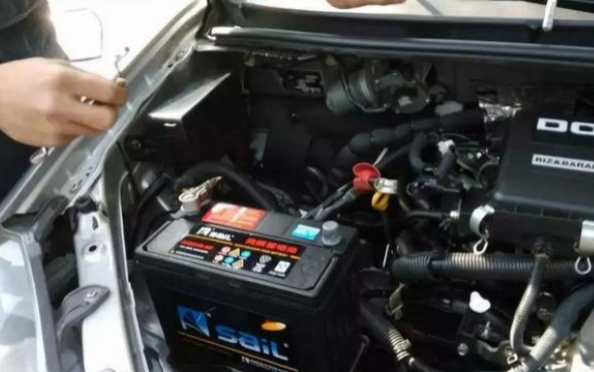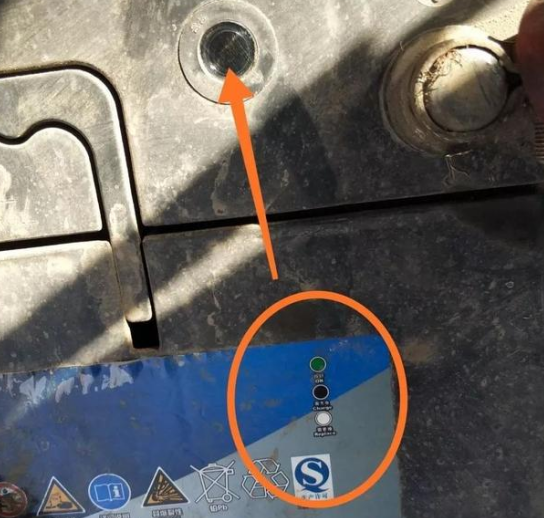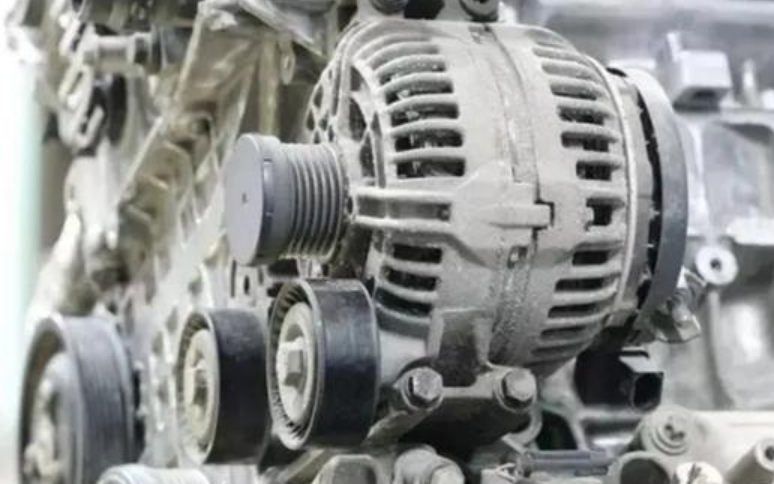
Modern car has a complex mechanical and electrical devices, the vast majority of their functions are controlled by electricity, such as the engine electronic control system, automatic transmission electronic control system, car body electronic control system, braking and steering electronic control system, lighting system, and so on. Some people wonder a car doesn't have an external power source. Where does all this electricity come from? electrical energy seem to be inexhaustible? Although the car has a battery, but its storage capacity is limited. When it runs out of electricity, and how to replace it?
Although the car does not have external power supply, the car itself is power supply and generates electricity by itself, This process we called is the car’s charging system. There are two power sources in the car, one is the battery, which can store a certain amount of electrical energy before the engine does not start, all the electrical energy in the car is provided by it, such as starting the engine, listening to music, car anti-theft system. The other is the alternator, it is the main power supply on the car. When the engine is running normally, all the electric energy on the car is provided by the alternator. The excess electric energy will be stored in the battery. The two parts work together to form the car's power system. So let's talk about how the system works, how electricity is converted to each other.
Let's start with battery first. The battery on the car is the auxiliary power supply. At present, the most commonly used battery on the car is free maintenance. The car with automatic start-stop function, its battery is specially made, the partition is glass fiber, the electrolyte is absorbed on the partition, its charging and discharging speed is faster, and allows multiple charging and discharging. If it breaks down, it can't be replaced by a common battery.

Generally, there is only one battery on the car, which belongs to the 12-volt power system. Some premium cars will have primary and secondary batteries in series, and the power voltage is still 12 volts. In diesel engines, due to the large starting torque, two batteries are generally installed in series to form a 24-volt power supply system.
Since the battery consumes sulfuric acid in the discharge process and generates water, the density of electrolyte gradually decreases during the discharge process. When the battery is completely out of power, the density of electrolyte also drops to the lowest. We can roughly know the discharge degree of the battery by measuring the density of the electrolyte, which is also the principle of inspection window hole for the maintenance-free battery. Generally, the electrolyte density of a fully charged battery is about 1.28g/ ml, while that of a completely dead battery is about 1.24g/ml. And the freezing point of the battery's fully discharged electrolyte will rise, and freeze during the cold weather.

And then we talk about alternator. The car alternator is the main power supply of the car. When the engine runs normally, all the electric energy on the car is provided by the alternator, and the remaining electric energy will also charge the battery. At present, most of the alternators used in automobiles are silicon rectified three-phase alternators, its main structure is composed of rotor, stator, brush and slip ring mechanism, three-phase bridge rectifier, bearing, fan and front and rear end cover.

In general, the speed ratio of automobile engine and alternator is 1:2.5, that is to say, when the engine runs at 800 RPM ( the engine runs at idle speed), the alternator can run at 2000 RPM, which is enough to make the alternator produce enough electricity. With the increased the engine speed, the voltage and current of the alternator will increase. To avoid high voltage, a regulator is installed on the alternator to switch on and off the excitation current. When the alternator produces too much electricity, the excitation current is cut off and the alternator ceases to produce electricity. After the voltage is reduced, the excitation current is switched on again and the alternator is restored. So how does the alternator charge the battery? In automotive charging system, the alternator and battery are in parallel, when the alternator works normally, generally it generates current between 13.5 ~ 14.5 v, the voltage is higher than battery, in this case, the battery is under load, it is equivalent that the alternator charges the battery.
In above passages, we have known the source of the electricity in the car and the conversion between the battery and the alternator. In this process, the alternator is the main power supply, the battery provides the current to the car in the beginning of the power supply, such as you start the engine initially or you shut off your engine. During the normal operation of the engine. If the power of the alternator is insufficient to meet the demand for electricity, the battery will also provide auxiliary power to the alternator. Some low power output engines, for example, operating at low speeds. If the headlights and other high-power electrical devices are turned on at the same time, the alternator load is too heavy, the operating resistance is too large, it will react on the engine, the engine shakes seriously. At this point, the battery will participate in the power supply to avoid overload of the alternator and engine flameout. In addition, if the car often is driven at low speed for short distance, battery energy can not be enough to replenish, it will also lose power. If it occurs, you need to use external power supply to recharge the battery.
 James Smith
James Smith  September 29, 2020
September 29, 2020